- Learning time
- 20 minutes
- First play time
- 30 minutes
Coral
Designed by: Tangi Tabuteau
Coral is a 2-4 player game (-there’s also a solo mode) of growing your coral, by placing coral blocks on the collective reef, where all players blocks mingle together. Each block is made up of three ‘cubes’ of coral, formed into an ‘L’ shape.
Everyone takes blocks of their own colour, plus one block of each of their neighbours. The game starts with players, in turn, placing a block from their supply around or over the grey rock piece: as soon as it is no longer visible, everyone places their coral pawn on the reef, with the caveat that your pawn can never go on blocks of your own colour. Then the game continues as follows: on each turn you have two options: Grow, or Move.
Growing means adding another block from your supply to the reef. It must touch at least one side of the existing cubes, and it must be placed so at least one cube-side is adjacent to your pawn. Height is irrelevant – adjacency is determined from a birds-eye view, seeing the reef from directly above. Your goal is to have the most coral visible from this birds-eye view at the end of the game! So you want to place your two opponent blocks as unhelpfully as possible, and maximise the visibility of y0ur own blocks. Blocks can grow over other blocks, they can dangle, overhang, lie flat or upright and be rotated however you like beyond those basic rules. You can play a friendly rule that if a block falls you rebuild it, or a more competitive one that if a block (or blocks) fall, your own blocks are lost and your turn is over – any opponent blocks that fell are returned to their supply.
The other action you can take is Move your pawn, which can be either a slide or float. Sliding allows your pawn to move as far as it likes (ignoring any height differences) along the same-coloured coral, as long as it doesn’t hop over any other pawns ion the process. This can be helpful for spreading your blocks further afield and making them hard to grow over! If you float, you simply remove your pawn this turn and replace it on your next turn: giving you huge geographic freedom, but taking a costly two turns in order to do so.
As soon as anyone places their last block, the game-end is triggered and all players who still have blocks can keep taking turns. The hefty caveat is that they must also discard a block back to the box, if they still have one, at the end of their turn. When everyone’s out of blocks, the player with the most visible coral cubes from above wins – with height serving as a tie-breaker should more than one player have the most points.
The guru's verdict
-
Take That!
Take That!
Plenty! For a game with such a peaceful, watery theme, Coral is an aggressive and dastardly punch-up on the table
-
Fidget Factor!
Fidget Factor!
Fairly low - rules are simple.
-
Brain Burn!
Brain Burn!
It's about opportunism; sneaking out to the edges whilst others fight over terrain, or timing your final placement to swing things inexorably your own way. Timing's important; you can take a move turn you don't really need to try and ensure you get to discard a block of someone else's colour in the finale.
-
Again Again!
Again Again!
One of those games that always starts exactly the same way - a single rock, on an empty table - but the tiniest variation in placement sets each coral-build off into a multiverse of possibilities.

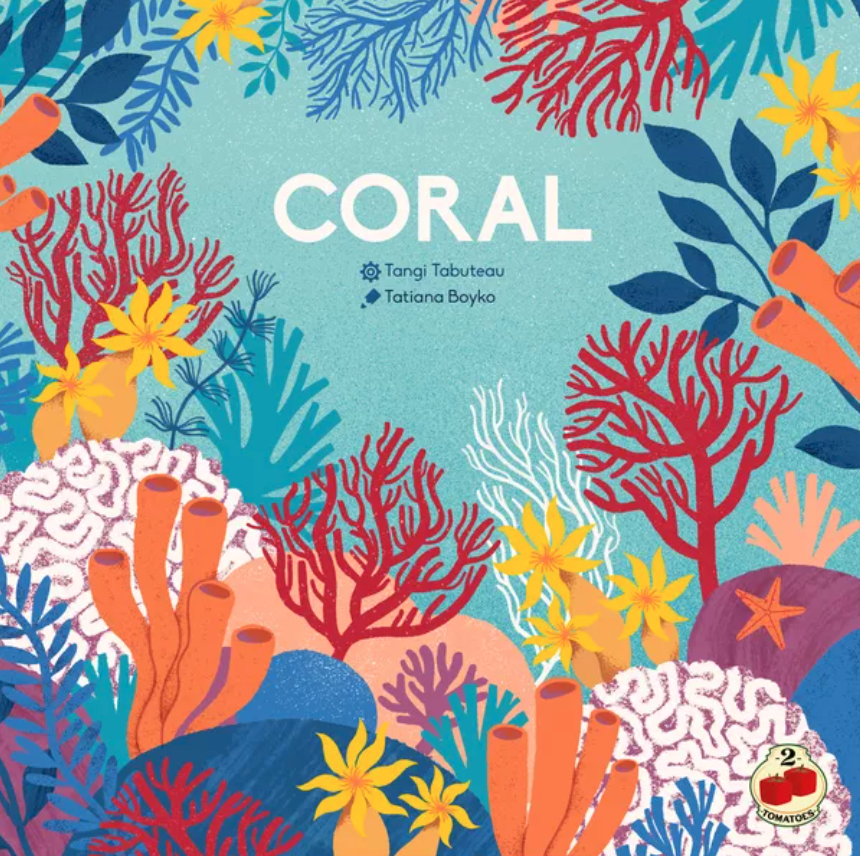
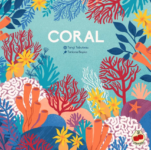

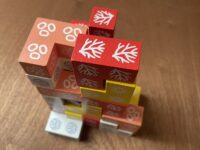
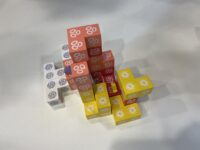


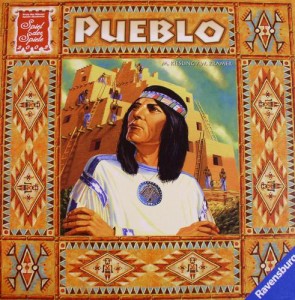




Sam says
A feisty, ferocious fifteen minutes. Coral looks great on the table, and for a game with such simple rules, offers a lot of tactical depth to each play. A good lunchtime or early-evening game, when minds are sparky - but motives are dark!